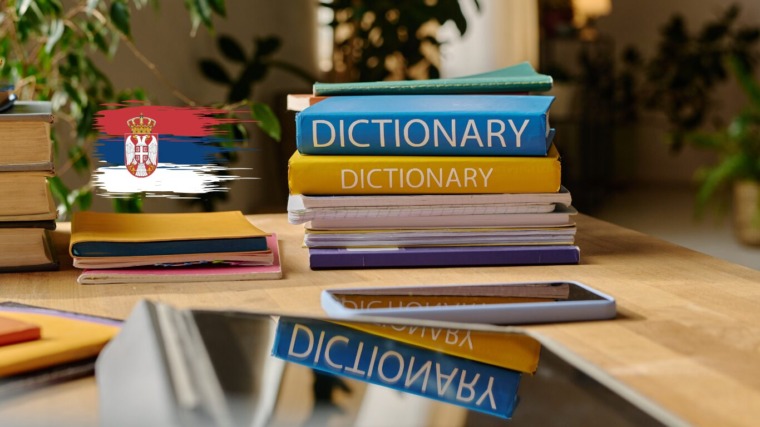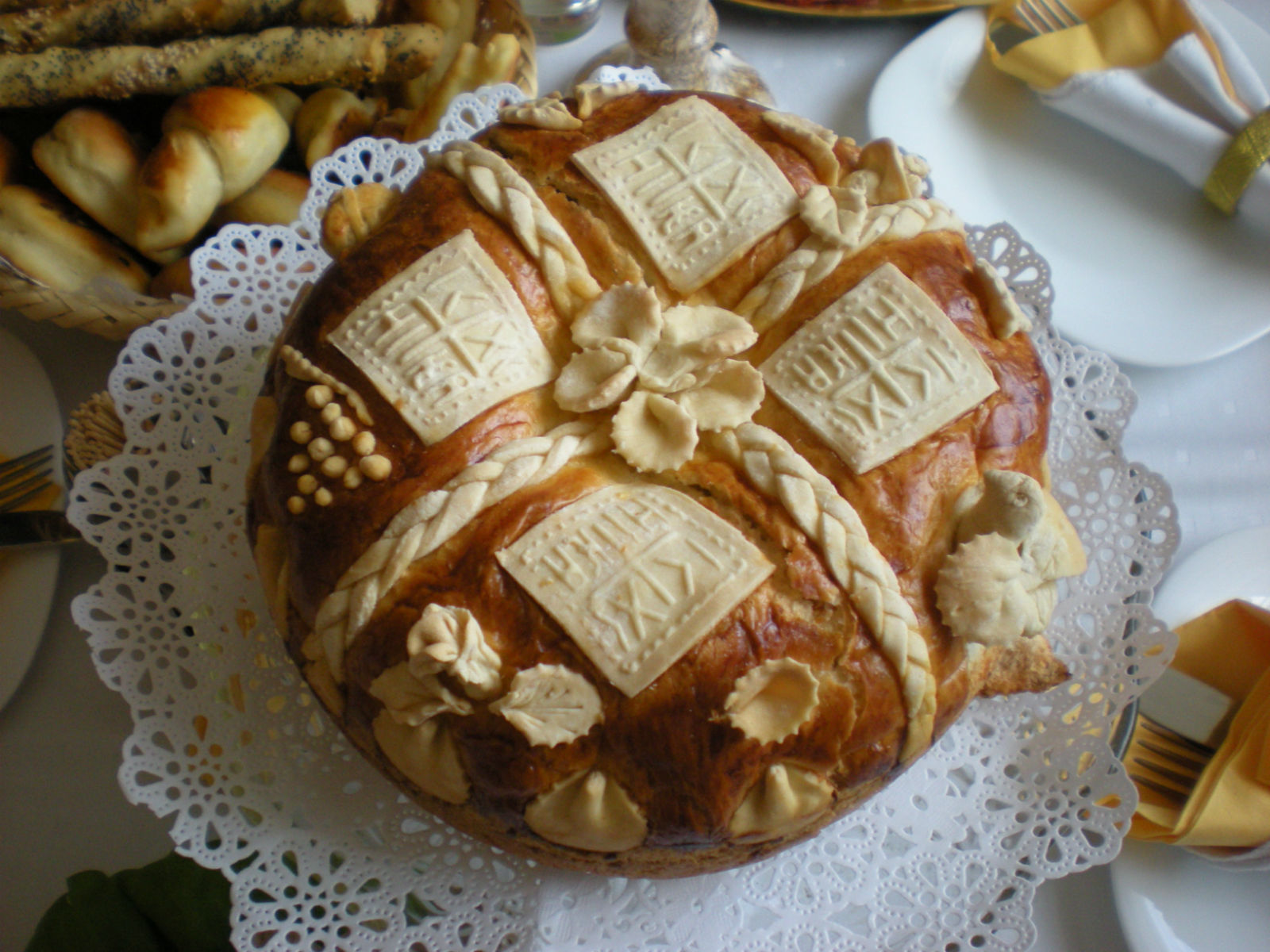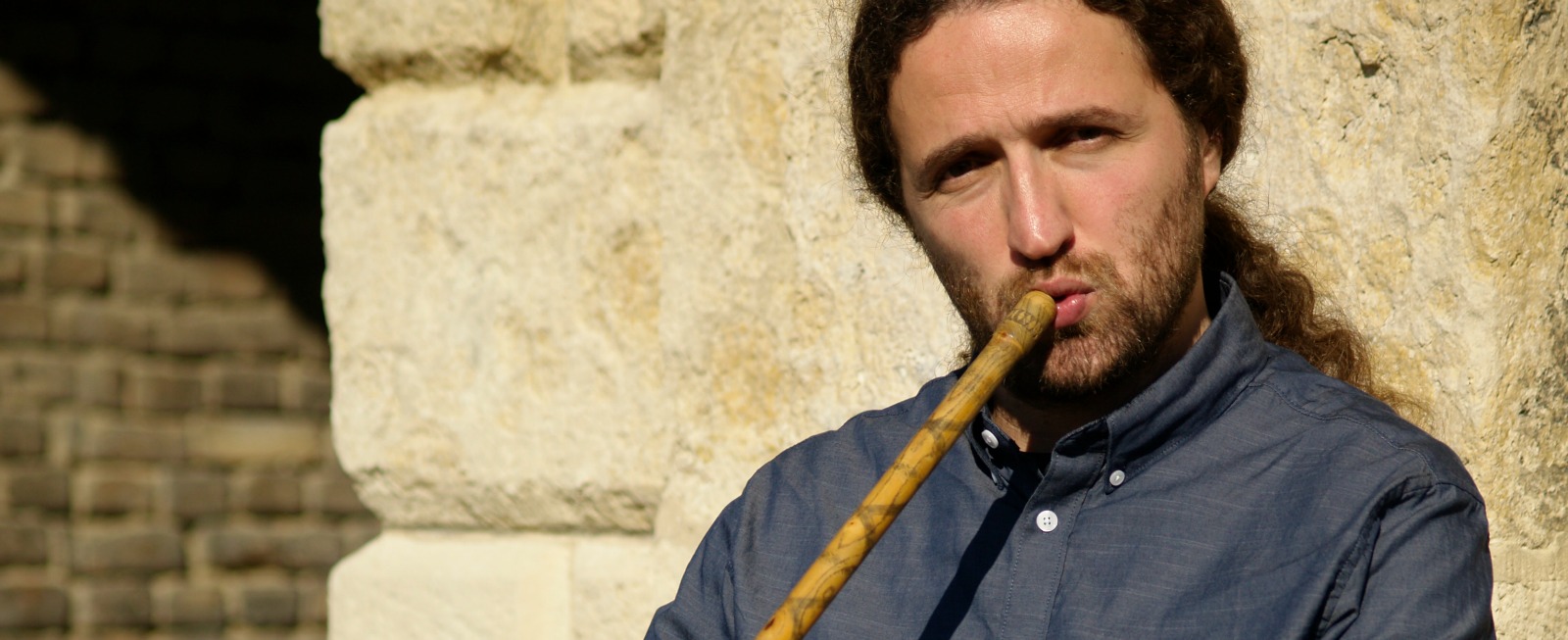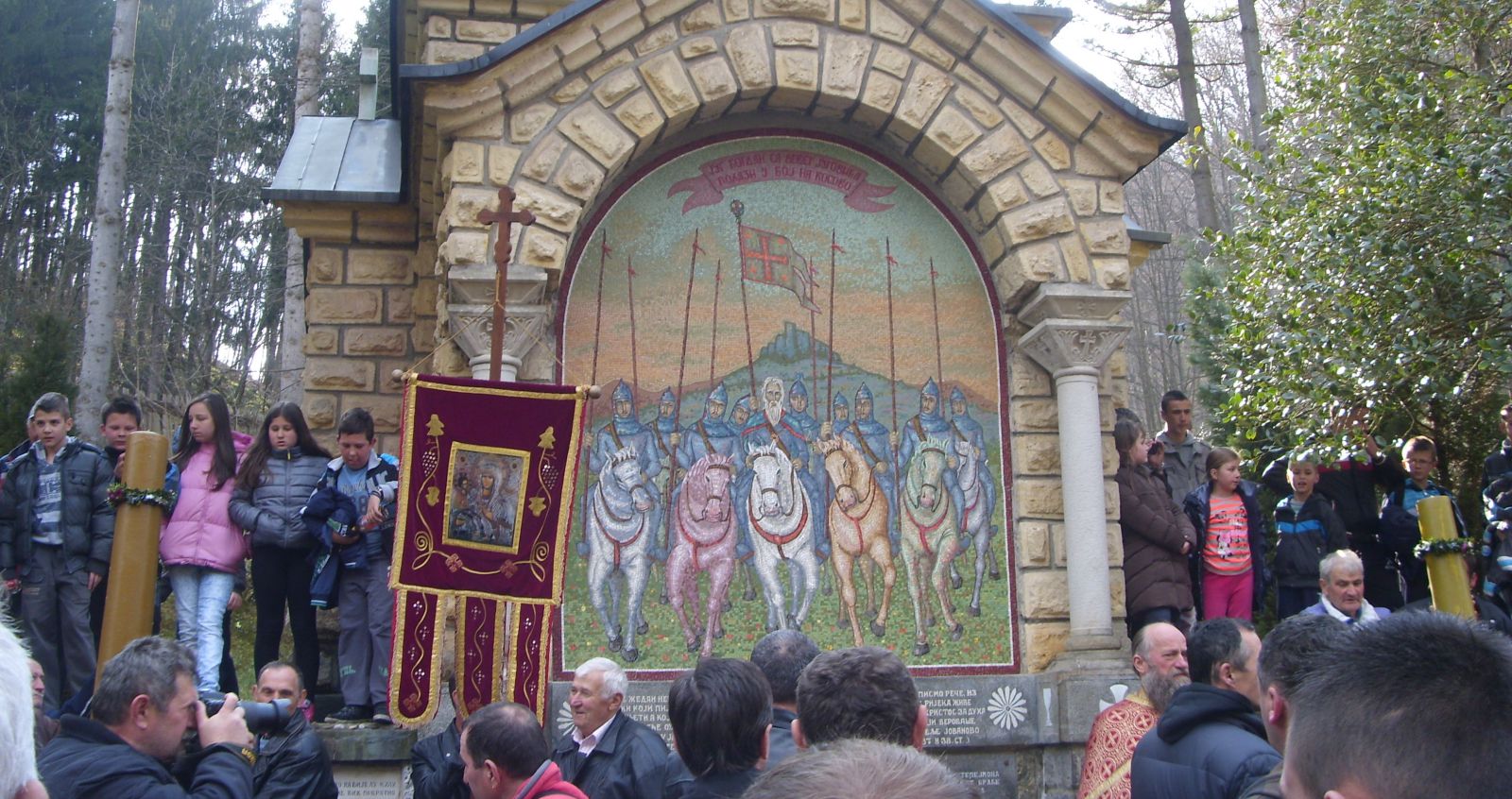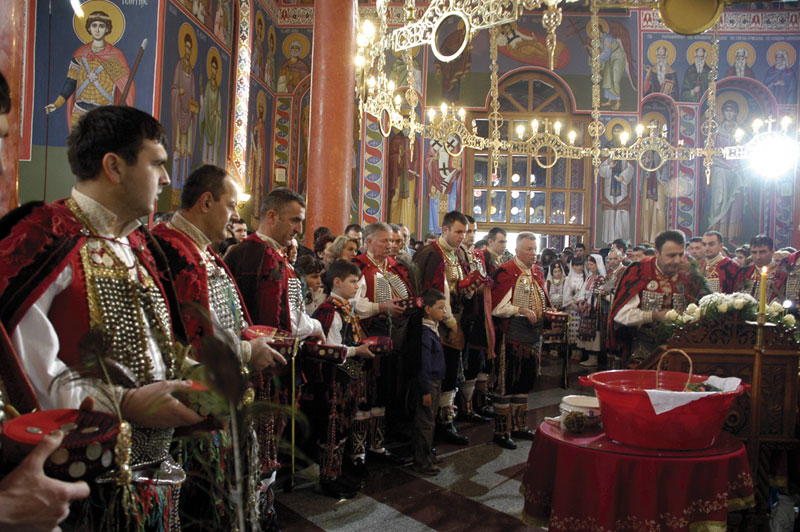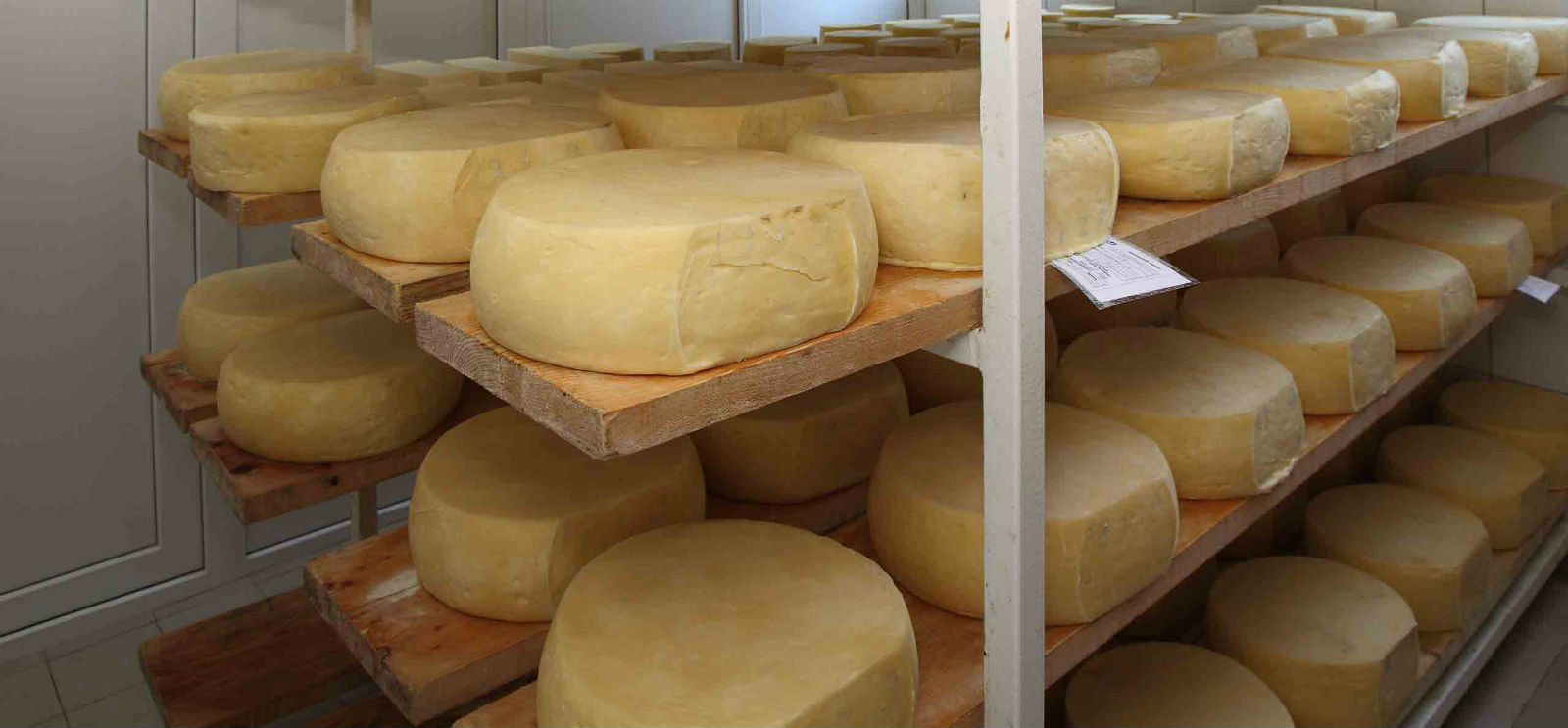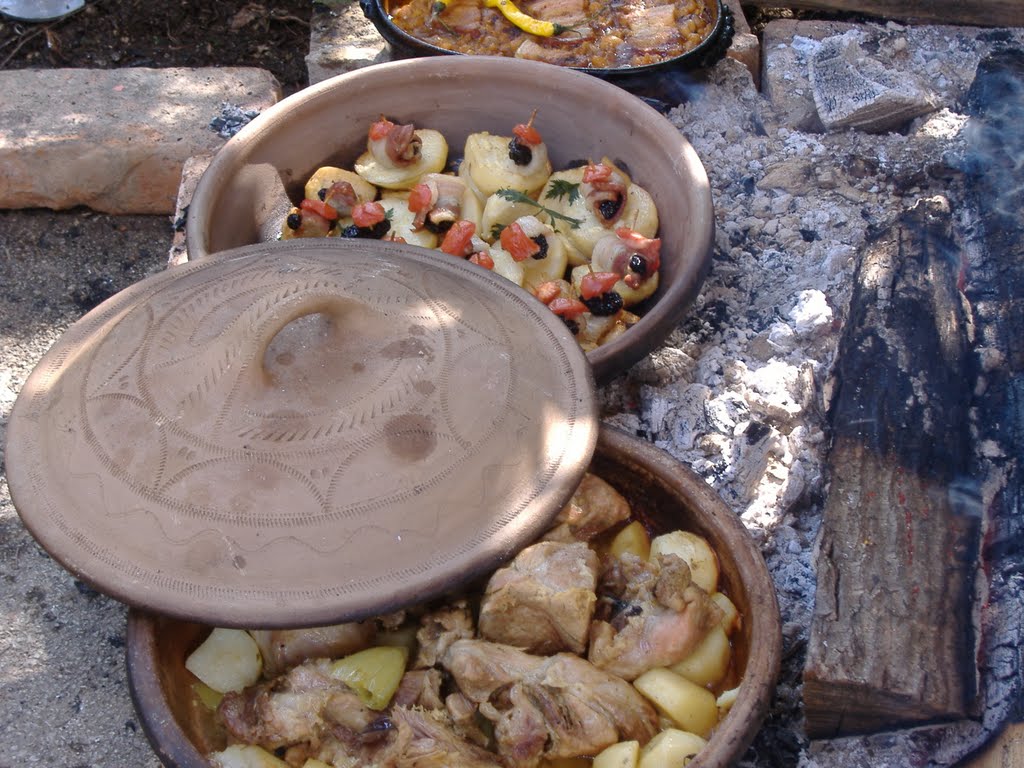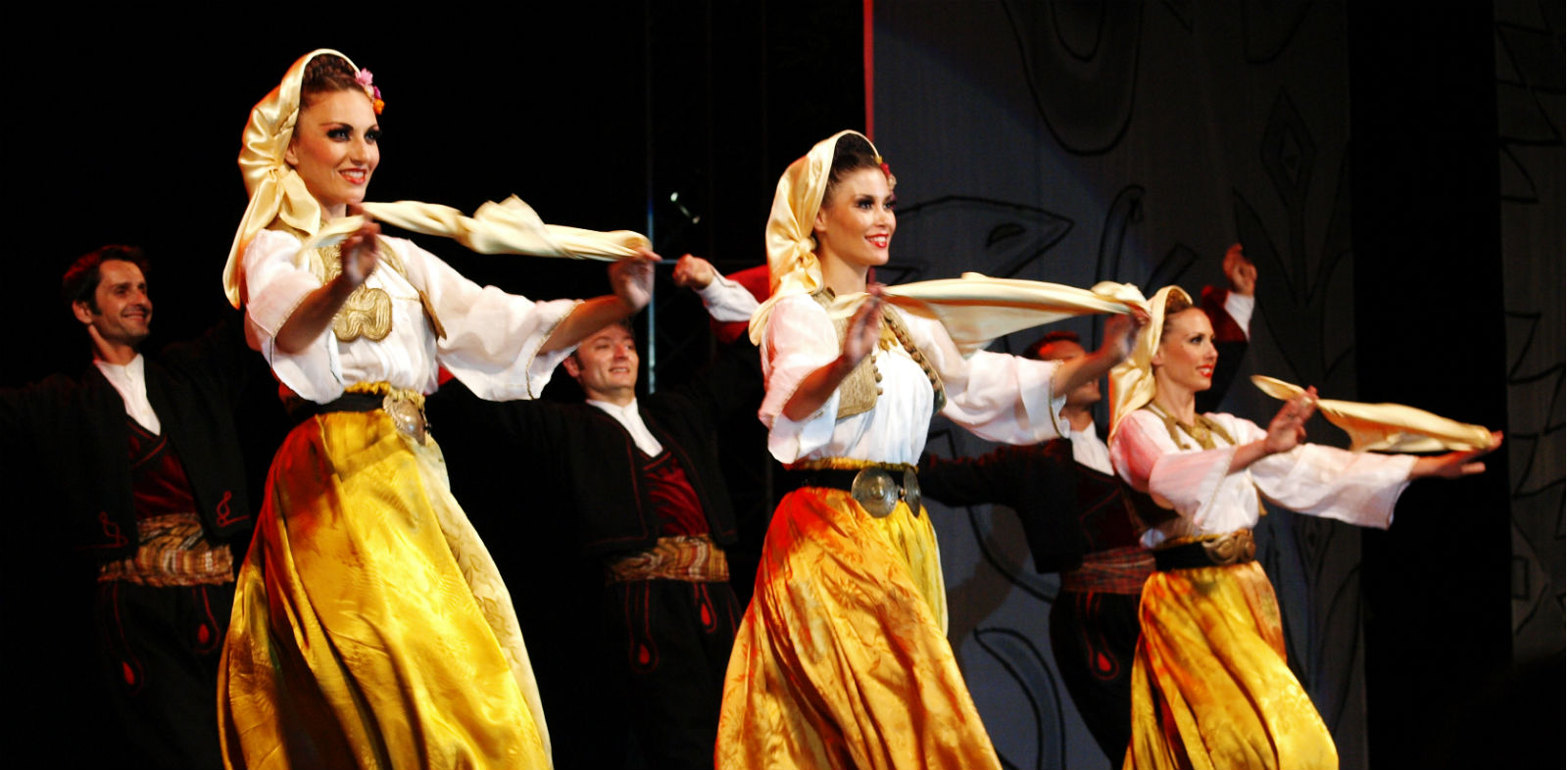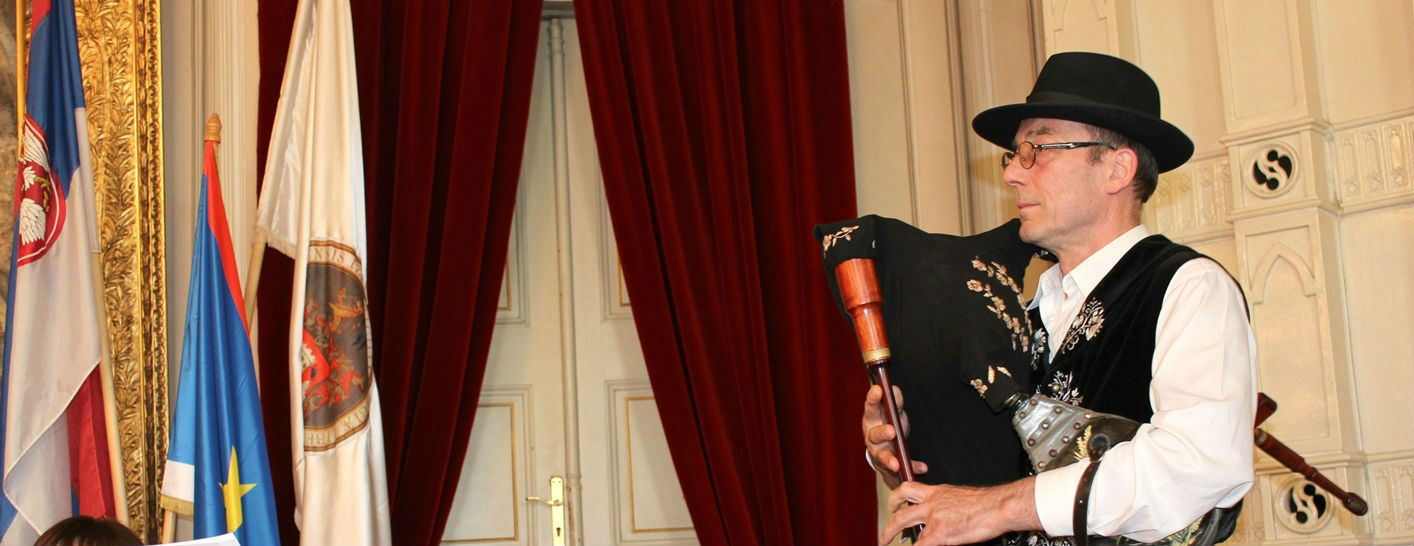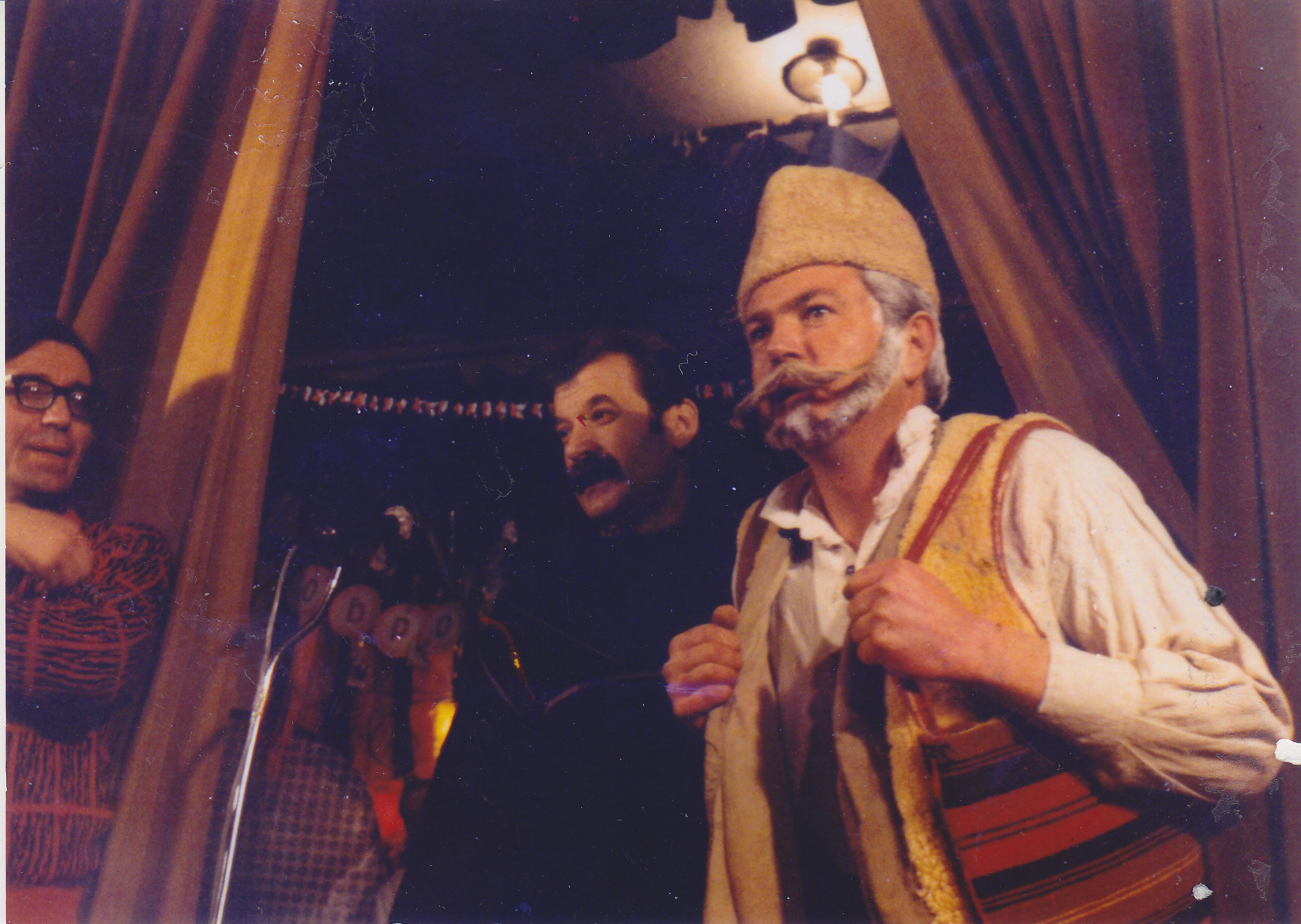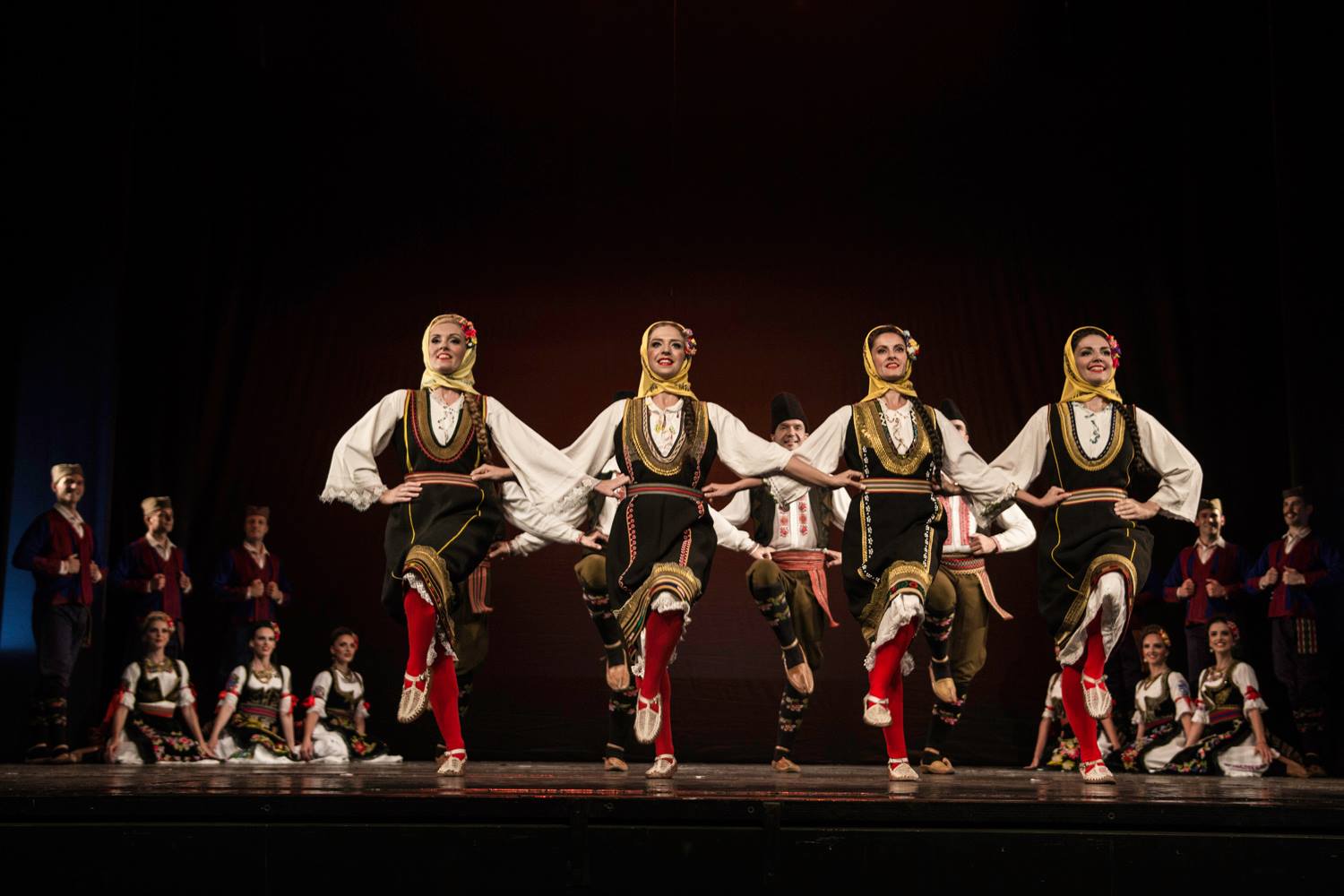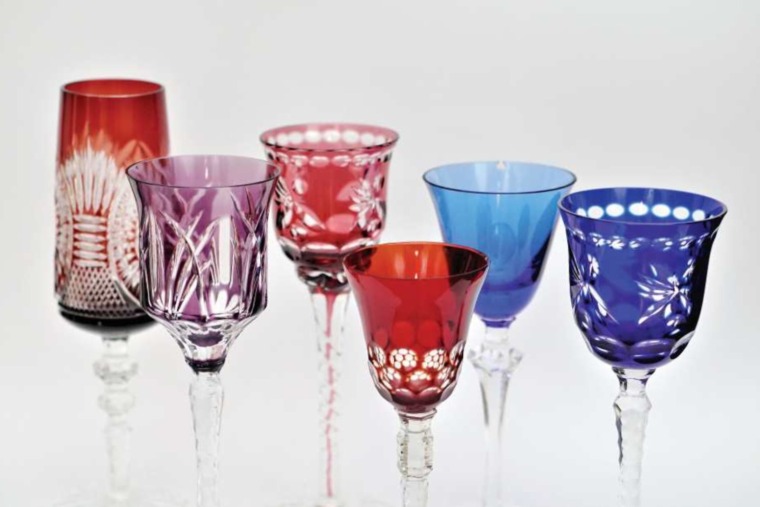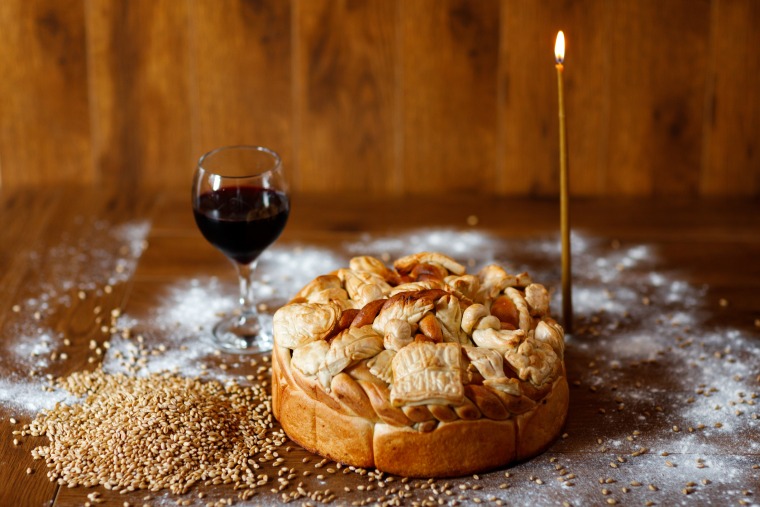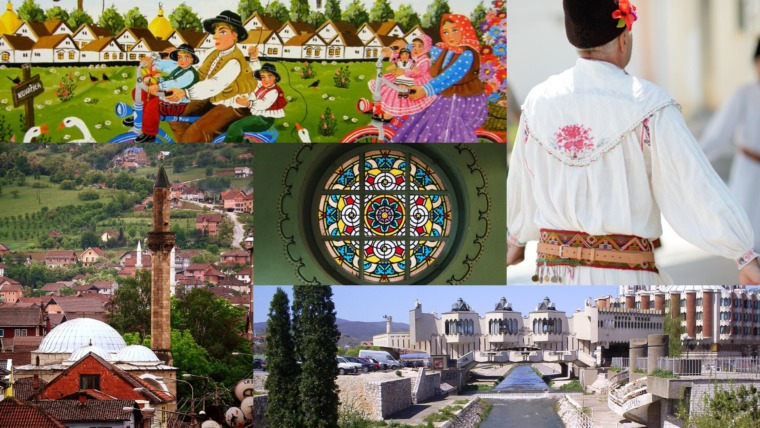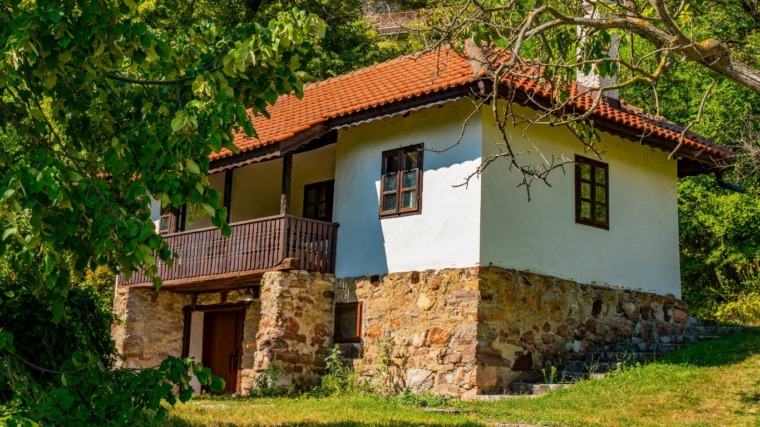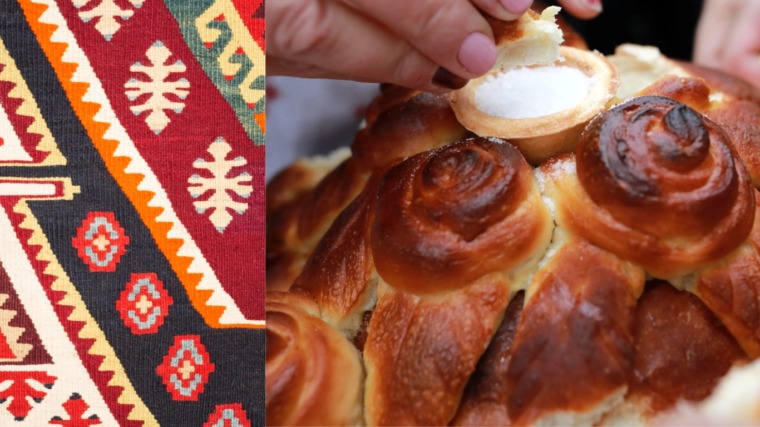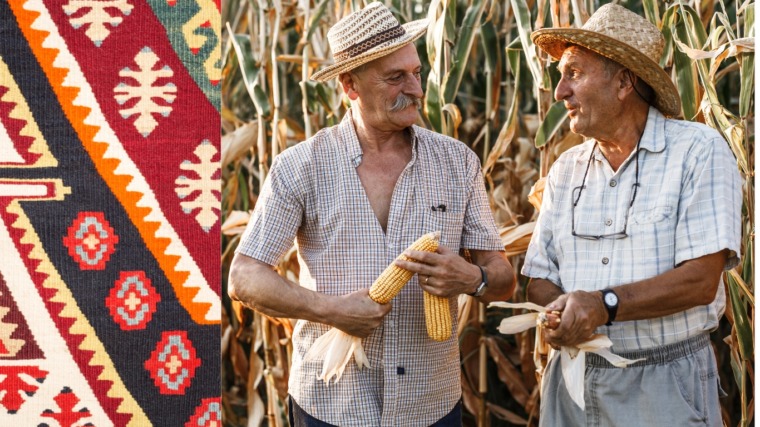In sickness and health, peace and war, wealth and poverty, the Serbian people have never abandoned their ancient tradition of celebrating the family’s patron saint.
Along with an icon, slava cake, wine, slava wheat and a candle, almost every family celebrates their orthodox patron saint, while remembering their ancestors. Transferred from one generation to another, today krsna slava is a foundation of origin and identity, which has been guarding faith and tradition for years.
Mores, beliefs, values and authorities have changed, but the Serbian people have always found means and will to celebrate their “krsna slava“. Not even during the five centuries long Turkish reign, rebellions and war, have the Serbian people renounced what they held most holy. They celebrated on battlefields, camps and tents, in anguish and misery, in different parts of the world, but always with the belief that their patron saint is watching over them and keeping them safe.
Before accepting Christianity Serbs were polytheistic people. Aside from Perun, the supreme deity, who was worshiped by all, each household had its domestic deity. Sentimental and bound to their folk tradition, Serbs found it very hard to renounce their domestic deities when they accepted Christianity. St. Sava had replaced the polytheistic idols with the saints of Christ’s holy church, who became guardians and helpers of Serbian homes, churches, monasteries and families. Legend has it that this event marked the birth of Slava.
The tradition remains the same to this very day. Each home has its own patron saint, who is celebrated and honored through prayers and rituals on the day of Krsna Slava. This has protected the non-material cultural inheritance of Serbia and the traditional ways were reliably transferred from one generation to another.
How does one celebrate Krsna Slava?
A priest visits the home of those who celebrate their Slava a couple of days before it takes place and through prayer creates holy water. It is customary that some holy water be drank by the members of the household and the rest is used to make the Slava cake. The cake symbolizes Christ’s body and when the day of the Slava comes, it is brought to church where the priest pours red wine over it and Slava wheat, sanctifying them in the process. Red wine symbolizes the blood from Christ’s wounds.

With a candle, Slava wheat, Slava cake and wine the householder accesses the procedure which is called “dizanje Slave” in Serbian. While they chant the prayer, the cake is being turned in circular movement and afterwards broken into small chunks. Later the people who are present eat the sanctified wheat and sometimes drink red wine, depending on the household. Most households make a feast for their guest, which is being served after “dizanje Slave” is completed.
Serbian people have 78 Slava days, but most families celebrate St. Nicholas “Nikoljdan”, afterwards by the number of people who celebrate come: St. George “Đurđevdan”, “Đurđic” ; St. Michael “Aranđelovdan” ; St. John the Baptist “Jovanjdan” ; St. Demetrius “Mitrovdan” ; St. Petka “Petkovača” ; St. Luke “Lučindan” ; St. Tryphon “Trifundan” ; St. Andrew “Andrijevdan”…
Another custom that is also present in some parts of Serbia is “dvorenje slave”. The host, formally dressed and with a smile on his face greets his guests, he is also not allowed to sit as long as the candle burns. By doing this he honors the saint, who he celebrates that day. As the old custom dictates, the guest needn’t be invited to Slava, but the host needs to greet them In front of the house or on the doorstep with warm words of welcome.
St. Demetrius in Canada
Many families who move from Serbia keep celebrating their Slava, which shows that it is the most characteristic part of Serbian spiritual and family life. One of them is Marković family that moved to Canada sixty years ago. Thousands of kilometers that separate them from their home country have not stopped them from celebrating their patron saint, St. Demetrius, each year.
“When she came to Canada, my grandmother was encouraged by the locals to keep the Serbian tradition going, so she continued celebrating our Slava” says Petar Marković, who is familiar with Serbian customs, despite being born in Canada. The feast they throw for “Mitrovdan” represents a mix of Serbian and North American cuisine.

They invite everybody who wants to come to their Slava. Petar will make sure that the Serbian tradition which they have kept in family for years goes on. “Not a single year has passed since the day I was born, that we haven’t celebrated our Slava. I will gladly continue this family tradition, because it is one of my favorite events during the year”.
Related Articles
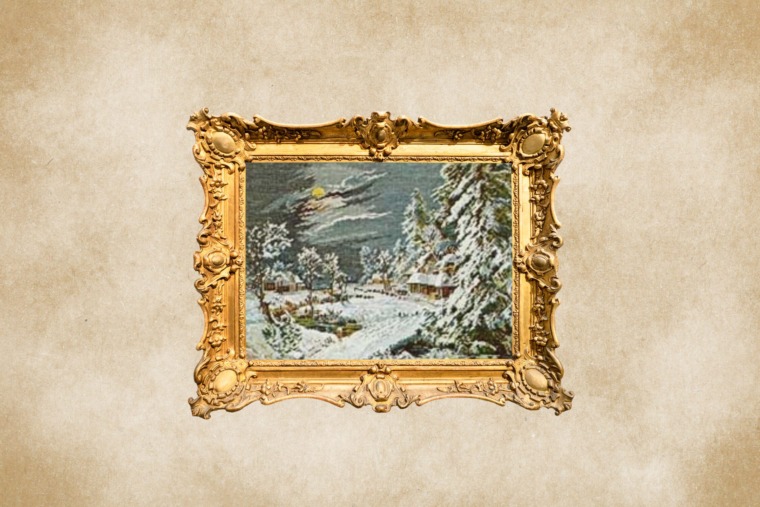
Stitched with Love: The Story of Serbian Gobelins
November 4, 2025